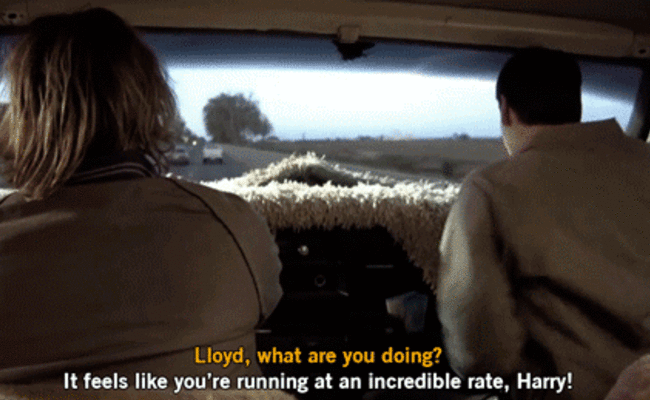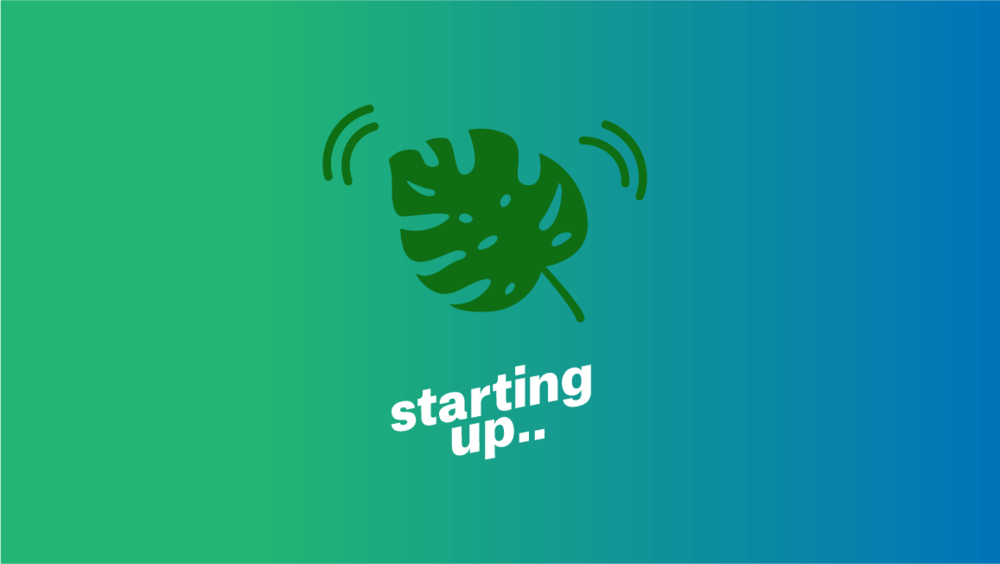Behind the scenes: User research on the road

People often ask about our research methodologies so I thought I'd give an insight into a recent experience when Peter and I spent 10 days on the road conducting research throughout the US. After running so many sessions back-to-back there are inevitably things you’d do differently next time time around to improve the process. Here's a couple lessons around the practicalities of setting up and running sessions.
Recruitment
We went down the usual path of reaching out to local recruitment companies for Texas and California, but for New York decided to opt for a new recruitment service, respondent.io. It was founded there and seemed like a good opportunity to test the service.
The field agencies were much the same as usual: there’s normally a fair bit of back and forth; initially fees and a quote, then screener questions, then an edit on those, then suggested participant applicability, etc, etc. They effectively act as a middleman and it often felt like more trouble than it was worth. Respondent.io on the other hand was fantastic. You know the costs up front, create a screener, publish your ad and watch the candidates roll in. Once you have a list of people you can quickly review their responses, create a calendar - a very well thought through bit of functionality - and schedule your sessions.
Response rate sped up for dramatic effect!
The service particularly shone when one of our Texan participants (recruited via a field agency) had to cancel last minute due to a work commitment. We had previously duplicated our New York screener and changed the location to Dallas, just to get an idea for how the service fared outside of New York and London. We had 26 responses over the course of 3 days, 15 who fit the bill. When we found out about the cancellation we hopped onto respondent.io, created a calendar of times for that afternoon and the following day and scheduled 2 additional interviews - no sweat.
It’s a fantastic service that not only sources brilliant candidates, but that also handles all the messy details of arranging times and payment.
They’re clearly working hard to get the service where it needs to be, so there were a couple of lessons we quickly learned:
Our research sessions usually require the recruitment of friendship pairs - we believe this not only helps the conversation flowing, but also keeps the participants honest. Unfortunately Respondent.io doesn’t offer the specific ability to sign-up friendship pairs. At the time of writing this, it offers the ability to sign up individuals, or individuals to a focus group. We worked around this by adding a question to the screener to ask them whether they’d be able to bring a friend.
This led to a couple of instances where the incentives became a little confusing for our candidates - i.e. was it $200 per participant, or per session. There are two work arounds to this: A) keep the total incentive (participant + friend) but specify in the description that this amount is to be halved between the participant and the friend they bring along. Or B) halve the incentive cost and offer this to participants as the base amount, where if they bring a friend who also participates, use the tip function at the time of closing your project to add the friend's payment amount. I think the latter sounds more sensible. The respondent.io customer service team have been great at responding and receptive to feature requests so maybe we’ll see updates to this style of recruitment in the future. Either way I’m sure we’ll continue to use them.
Note taking
I’m hopeless at note taking. I've suspected I might have been in the past, but this trip has confirmed it! I’m not the quickest at typing and in all honesty I get a little lost in actually listening to the person. That’s why this setup works perfectly...
An app called Pear Note is the (nearly) perfect tool for note taking - whilst you type, audio is recorded! Once you’ve stopped recording you can use the audio scrubber to scrub back through the session and see what notes you were writing at the time, or more importantly, listen to the finer details you missed.
We coupled this with a Jabra Speak 510 bluetooth speaker and microphone. With my heavy-handed typing, using the internal microphone is inaudible. The Jabra allows us to place a microphone right next to the participant for clear audio, and no cables means less clutter and you can easily move it around when running exercises.
This setup saved my bacon a couple of times… I hope it can help you too!
- - -
Update: Since we've used Respondent another team has used it with varying results. It seems like it's up and running well in the UK and US, but perhaps isn't as established in other markets yet.
Continue reading
I ❤️ systemd: Running a splash screen, shutting down screens and an IoT product service with Python on Raspberry Pi
Systemd is fun! No really. Let me talk you through our process of running services for an IoT product on Raspberry Pi.
Lab rats: true tales of digital innovation
There is no set formula, process or structure for becoming a digital business, but these three case studies suggest that the key to understanding how to o...
Pushing my limits as a developer
At the end of the summer, I completed a ten-week internship at Made by Many. Before this I had mainly worked on my own side projects, either on my own or ...


